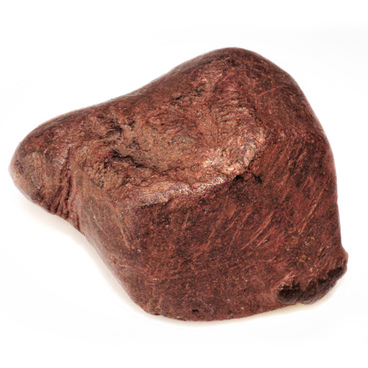An axe with earlike protrusions is an ancient stone tool with a sharpened blade and symmetrical protrusions on both sides. They were probably used to attach the axe to the handle. In archaeological literature, the handles were called trunnions, and the implements of this shape were described as trunnion. This type of axe was first discovered in Eastern Siberia by archaeologist Nikolai Vitkovsky in 1882, during excavations on the left bank of the Chadobets River.
The earliest trunnion axes found in North Asia were created 8-9 millennia ago. However, archaeologists assume that the tools were used even earlier, which means that it will be possible to find more ancient stone axes. The finds varied in shape — there were pointed, rectangular, round — and size: their height was from 10 centimeters to half a meter. The handles could also be both symmetrical and asymmetrical.
Stone axes have raised many questions and speculations since the first specimens were found and described. Among different peoples of Eurasia Many ancient stone tools, including axes, were considered ‘thunder arrows’ — a weapon of the gods or the result of lightning striking the ground. There have also been widely differing interpretations among scholars as to the purpose of this object.
Irkutsk archaeologists German Medvedev, Ekaterina Lipnina and Dmitry Lohov told what hypotheses were put forward by scientists about axes with handles:
The earliest trunnion axes found in North Asia were created 8-9 millennia ago. However, archaeologists assume that the tools were used even earlier, which means that it will be possible to find more ancient stone axes. The finds varied in shape — there were pointed, rectangular, round — and size: their height was from 10 centimeters to half a meter. The handles could also be both symmetrical and asymmetrical.
Stone axes have raised many questions and speculations since the first specimens were found and described. Among different peoples of Eurasia Many ancient stone tools, including axes, were considered ‘thunder arrows’ — a weapon of the gods or the result of lightning striking the ground. There have also been widely differing interpretations among scholars as to the purpose of this object.
Irkutsk archaeologists German Medvedev, Ekaterina Lipnina and Dmitry Lohov told what hypotheses were put forward by scientists about axes with handles:



